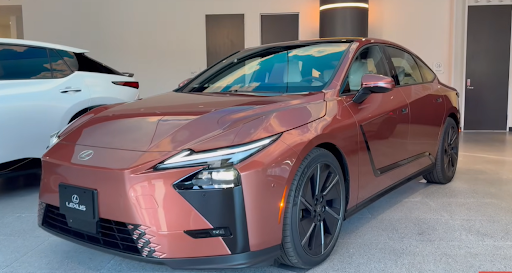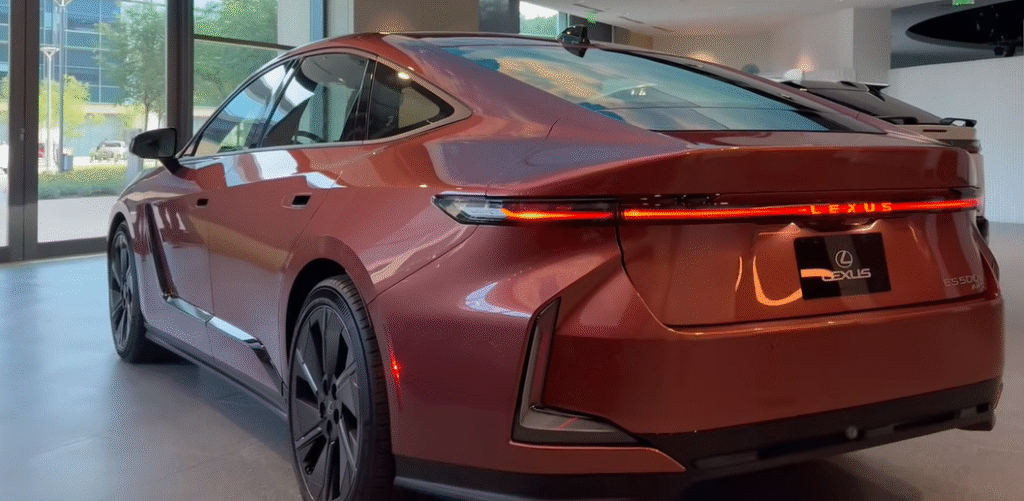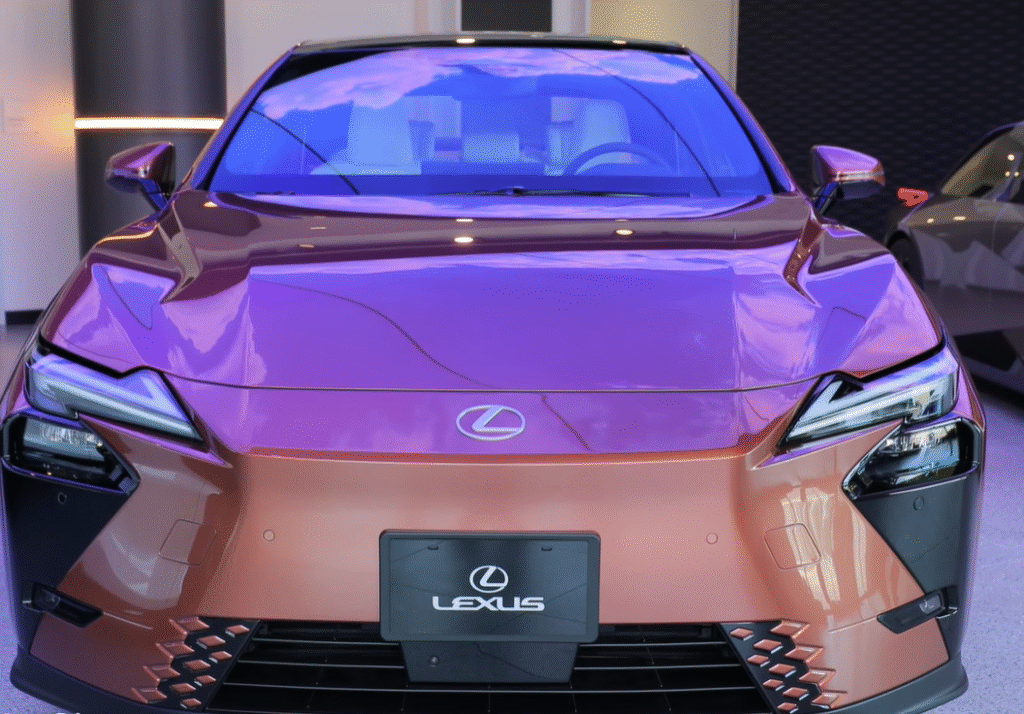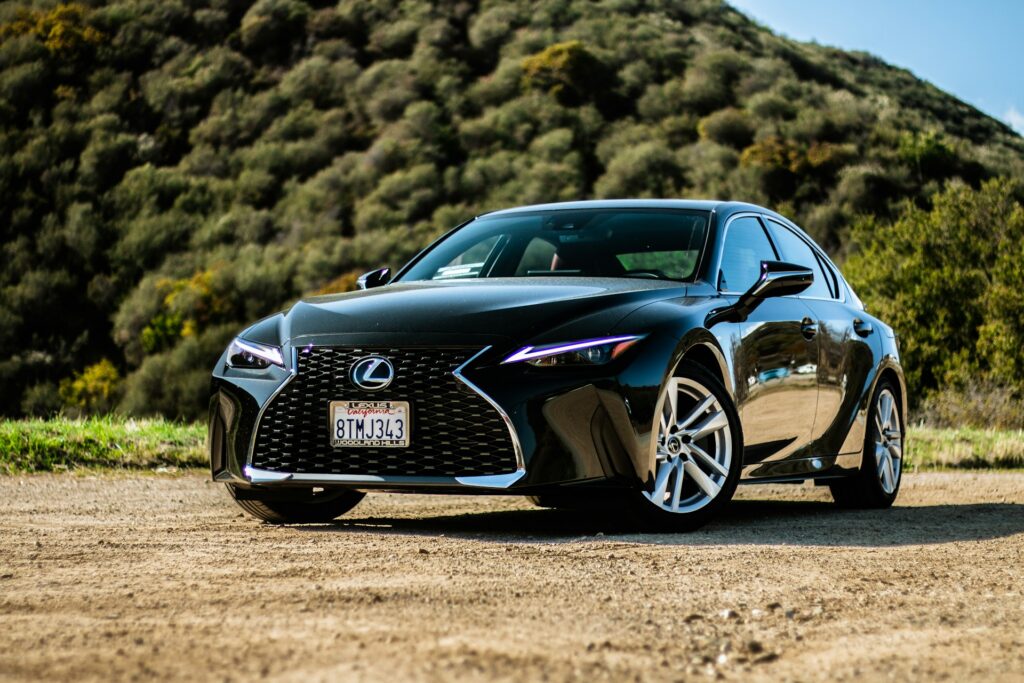Why the 2026 Lexus ES Could Be the Brand’s Most Important Sedan Yet
Written By: Peris Ng’ang’a | Updated : September 30, 2025

Image Credit : Car Confections/YouTube
The Lexus ES has always been the quiet achiever in the lineup. While the RX crossover stole headlines and sales, the ES kept moving units year after year, a familiar sight in suburban driveways and rental-car fleets alike. That steady presence makes its next chapter unusually significant. As Lexus looks ahead to 2026, the ES is being shaped into more than a routine update, positioned as one of the final sedans carrying weight in the lineup.
Lexus made its name through sedans, with the debut LS and ES showing that Toyota’s luxury arm could not only rival Mercedes and BMW for refinement but also beat them on value. Fast forward three decades, and crossovers dominate the conversation, leaving the ES with an outsized role. Its future is about more than sheetmetal or styling tweaks. It’s about whether Lexus believes sedans still deserve space in a showroom where SUVs command most of the attention. The 2026 model may end up being the deciding vote.
A heritage model carrying fresh weight

Image Credit : CarGurus/YouTube
When Lexus arrived in 1989, the ES was never meant to be glamorous. It was the approachable luxury sedan, a way to get the Lexus experience without writing a flagship-sized check. That strategy worked brilliantly, creating a loyal following of buyers who valued quiet comfort over autobahn bragging rights.
The sense of heritage feels heavier now that the GS has been discontinued and the IS no longer commands attention, which leaves the ES carrying the sedan mantle almost entirely on its own. In markets like Japan and China, sedans still carry prestige, but in the U.S., the ES shoulders the burden of keeping that tradition alive almost single-handedly. That makes the 2026 redesign more than just routine product planning. If Lexus treats the ES as an afterthought, it risks signaling that sedans no longer matter at all.
Lexus’s choices with this redesign will shape more than styling updates, setting the course for whether the ES remains relevant or becomes a relic of the past. Get it right, and the ES marks a return to the strengths that shaped the brand’s earliest successes. Miss the mark, and the sedan chapter could close faster than anyone expected.
Electrification changes the playbook

Image Credit : Car Confections/YouTube
Rumors around the 2026 ES suggest that hybrid powertrains will dominate the lineup, with the possibility of a plug-in version joining the mix. That shift would mark a turning point. For decades, the ES has been the comfort zone for traditional buyers — older, loyal customers who preferred familiarity over experimentation. Asking them to embrace electrification is a gamble, but it’s one Lexus needs to take.
Hybrids already represent a large portion of Lexus sales globally, yet the ES has often played it safe, offering electrified options without forcing the issue. If the 2026 model tips the balance toward hybrid-only, it will send a clear message about where Lexus is headed. It also tests whether the brand can carry its most conservative audience into a new era without losing them to rivals.
The ES, then, isn’t just a sedan. It becomes a proving ground for Lexus’s transition strategy. If customers accept a more electrified ES, it strengthens the case for hybrid and EV rollouts across the board. If they don’t, Lexus risks losing some of its most dependable buyers at a moment when brand loyalty matters more than ever.
Why Lexus can’t afford to get it wrong

Image Credit : CarGurus/Youtube
Crossovers will keep paying the bills, but the ES carries symbolic weight no RX can match. It represents Lexus’s roots, the kind of car that gave the brand credibility against German giants. Letting it fade into irrelevance would be like BMW abandoning the 3 Series; it erases part of the company’s DNA.
The 2026 ES must thread a needle. It needs to be modern enough to feel relevant, efficient enough to meet Lexus’s electrification goals, and refined enough to remind buyers why sedans once defined luxury. That’s a tall order for a model long seen as “the safe choice.” Yet if Lexus succeeds, the ES could reframe the sedan as more than a niche product in the lineup. Decisions made with this redesign won’t stay confined to the ES, as success could encourage Lexus to put more weight behind sedans, including the possibility of a halo model. A weak reception could confirm the crossover-only future many already expect. The future of Lexus sedans hangs on this redesign, which will reveal how much the brand values them going forward.
Peris Ng’ang’a

Hi, I’m Peris
I’m Peris, a freelance copywriter and content creator based in Nairobi, Kenya.

